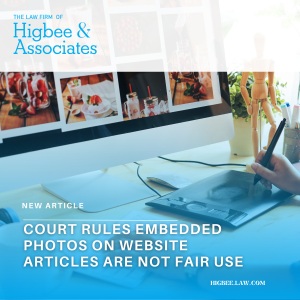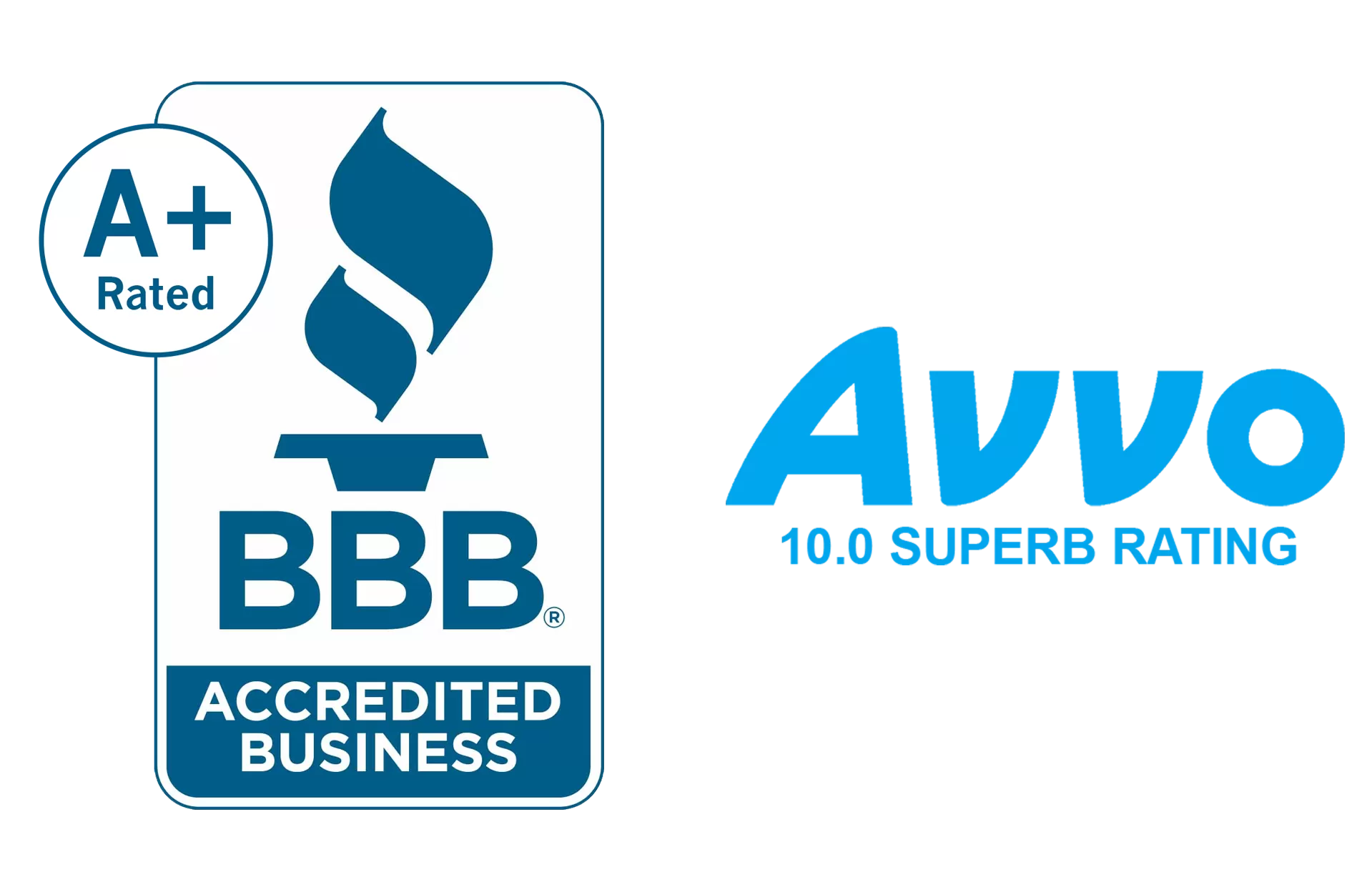 A defendant embedding a copyrighted image on a webpage without hosting it on their servers may infringe the copyright holder’s display rights, according to a recent court ruling.
A defendant embedding a copyrighted image on a webpage without hosting it on their servers may infringe the copyright holder’s display rights, according to a recent court ruling.
Two freelancers who wrote articles for a publicly accessible website dedicated to science fiction movies included embedded links to Star Wars-related photographs taken by Annie Leibovitz. The Utah federal district court found them guilty of direct infringement of Leibovitz’s copyrights for using the photos merely as illustrations. However, summary judgment was denied for photographs where the articles commented directly on them, leaving it to a jury to decide if such use constituted fair use. Additionally, the court denied summary judgment on the claim of vicarious infringement against the website and its owner, as there remained a jury question on whether they had a direct financial interest in the infringing activities (Bowery v. Best Little Sites, No. 2:21-cv-00567-DBB-JCB (D. Utah July 15, 2024)).
Annie Leibovitz, a renowned photographer, entered into an Artist Agreement with Great Bowery d/b/a Trunk Archive to license, market, and promote her photographs. Between 2014 and 2019, she took photos of the cast and crew of “Star Wars: The Last Jedi” and “Star Wars: The Rise of Skywalker.” These photographs were featured in Vanity Fair articles in 2017 and 2019, respectively. Subsequently, she transferred the photographs to Trunk Archive.
Best Little Sites, doing business as ComicBookMovie.com (CBM), is a website operated by Nathan Best that features user-generated content about science fiction movies. Freelance contributors Mark Cassidy and Joshua Wilding published articles on ComicBookMovie.com, embedding links to Leibovitz’s photographs between October 2017 and January 2020. In September 2021, Trunk Archive filed a lawsuit alleging direct copyright infringement against Cassidy and Wilding and vicarious copyright infringement against CBM and Best. Trunk Archive also filed a motion for summary judgment on liability under both theories.
Swiftly, the court established most elements of the direct infringement claim. It was recognized that the photographs were properly registered, Leibovitz held the copyrights, and Trunk Archive had the right to license, market, and promote the photos. However, the only disputed element was whether the authors copied the photographs by embedding links to them.
The court examined whether embedding a link to a photograph qualified as “copying.” While the Ninth Circuit’s “server test” in Perfect 10, Inc. v. Amazon.com, Inc. held that embedding a link did not constitute copying unless the party owned the server hosting the image, the Utah court rejected this test. It ruled that “possession of a physical copy is not a prerequisite to displaying a copyrighted work” and concluded that embedding a link could constitute copying. Therefore, the court found that Trunk Archive had established copying by the two writers.
The court ruled that the writers had committed direct copyright infringement. However, it limited the claim by stating that Trunk Archive could not assert direct infringement for derivative works, as this claim was not pleaded and could not be raised at the summary judgment stage.
The court rejected arguments that CBM and Best lacked the power to stop the infringement, noting Best’s ownership of the website and his supervisory role over its content. However, the court found genuine issues of fact regarding whether CBM and Best received a direct financial benefit from the infringement. Since some articles drew attention to the Leibovitz photographs, the court denied summary judgment on the vicarious infringement claim.
The court evaluated the defendants’ affirmative defenses, focusing on fair use. It found that for most articles, the purpose and character of the use did not support a fair use defense due to a lack of transformative use. However, it allowed that a jury could find fair use for articles that commented directly on the photographs.
The court granted summary judgment in part and denied it in part. Summary judgment was granted against Cassidy and Wilding for direct copyright infringement regarding photos used as illustrations. It was denied for claims involving fair use and vicarious infringement, leaving these issues to be decided by a jury.
The case is No. 2:21-cv-00567-DBB-JCB.
About Higbee
The Law Firm of Higbee & Associates prides itself on combining innovation, passion, and expertise to produce outstanding results and value for its clients. This approach has won the firm praise and recognition, including being listed in Inc Magazine as one of the fastest growing companies in America, a Superb rating from Avvo.com, and 5 Stars from the Better Business Bureau since 2009. Since its inception, Higbee & Associates is trusted by more than 100,000 clients, including some of the biggest media companies in the world, such as The Associated Press and Agence France-Presse, and several government entities, including the Attorney General for the State of Ohio. Visit www.higbeeassociates.com for more information.


